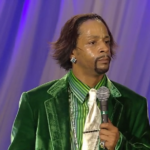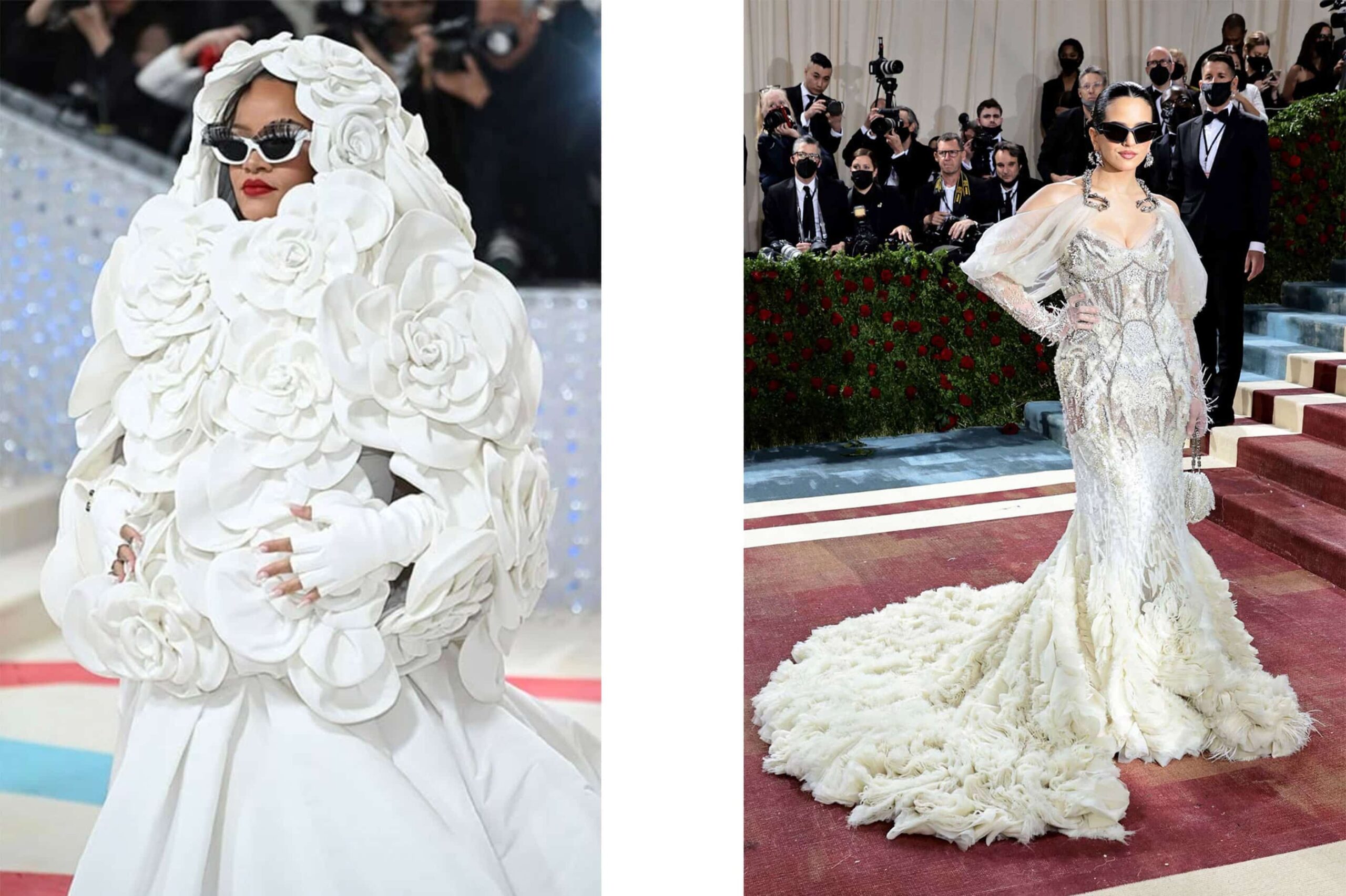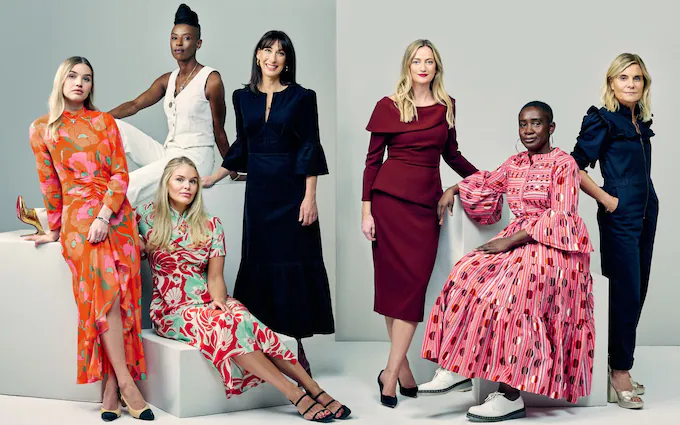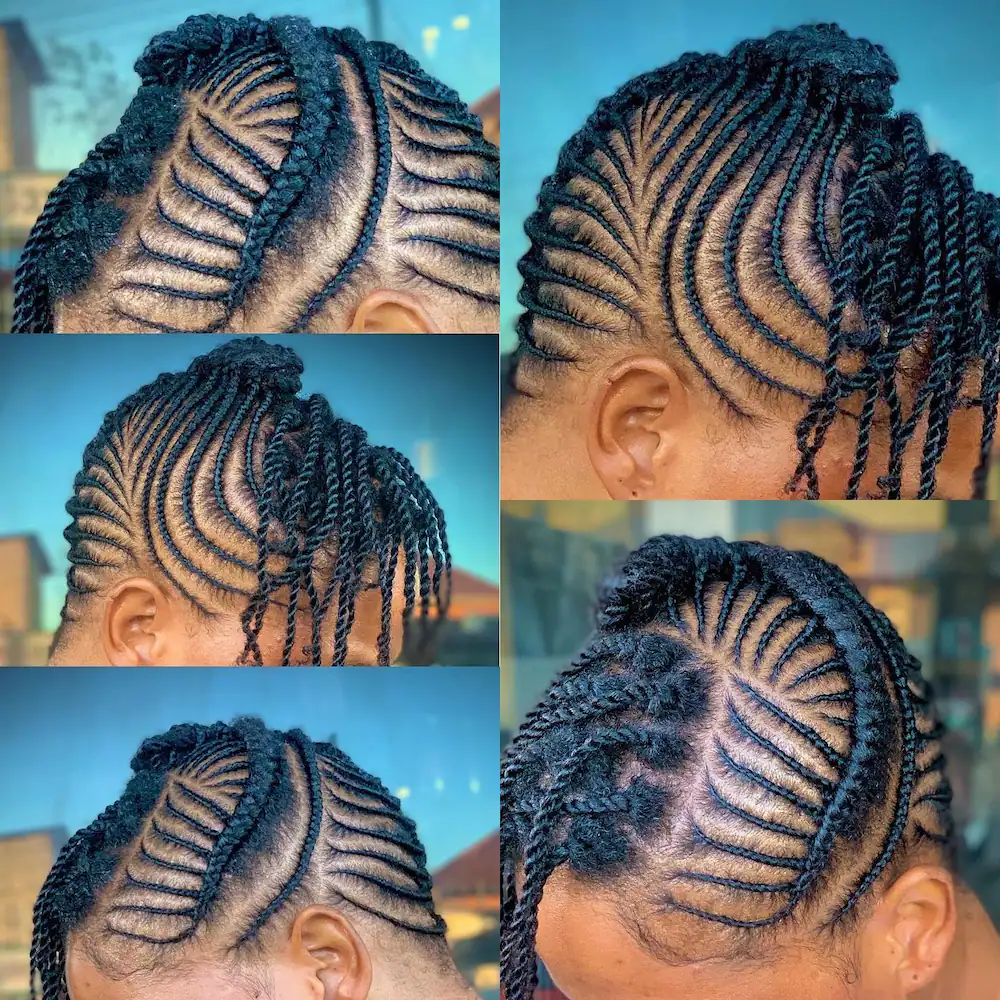
Fashion photography is more than just capturing clothing; it’s about capturing the essence of style and elegance. A well-executed fashion photograph can tell a story, evoke emotions, and showcase the creativity of the designer. Whether you are a seasoned photographer looking to delve into fashion or a budding photographer eager to master the art, this article will guide you through the intricacies of fashion photography.
Introduction
Fashion photography is a niche within the broader world of photography that focuses on clothing, accessories, and style. It’s a fusion of art, fashion, and photography, where images are created to tell a compelling fashion story. To excel in this field, you must be able to master the subtleties of composition, lighting, model interaction, and styling.
Equipment and Tools
To capture the world of fashion, you need the right tools. Invest in a high-quality camera and a variety of lenses to achieve different effects. Lighting equipment, such as saltboxes and reflectors, is crucial for creating the perfect ambiance. Additionally, consider props and backdrops to add depth to your photographs.
Composition and Framing
Mastering the art of composition is pivotal in fashion photography. Create visually striking images by implementing the principles of the rule of thirds and leading lines. Experiment with framing techniques to add depth and draw the viewer’s eye to the subject.
Model Selection and Posing
Choosing the right models is essential. Their presence and poses can make or break a fashion shoot. Master the art of directing models, ensuring they convey the intended message through their body language and expressions.
Wardrobe and Styling
Collaborate with fashion stylists to curate the perfect wardrobe. Pay attention to details like hair and makeup, and remember that accessorizing can elevate the entire look.
Location and Set Selection
Selecting the right location or set can transform your photographs. Consider the mood and message you want to convey when choosing between indoor and outdoor settings. Pay attention to set design and decoration to create a visually captivating atmosphere.
Lighting Techniques
Understanding lighting is paramount in fashion photography. Experiment with natural and artificial light, using diffusers and reflectors to control the lighting’s quality and direction.
Editing and Post-Processing
Once the photos are taken, use photo editing software to enhance and retouch them. Ensure consistency in your style, as this will help establish your unique identity as a fashion photographer.
Creating a Portfolio
Build a diverse portfolio that showcases your range and capabilities. To expand one’s reach to a broader audience, it is advisable to create an online presence by developing a website and utilizing social media platforms.
Working with a Team
Collaborate with makeup artists, stylists, and other professionals. Effective communication and teamwork are essential for a successful fashion photoshoot.
Building a Brand
Fashion photography is also about building your personal brand. Market yourself and engage in self-promotion to establish your name in the industry.
Challenges and How to Overcome Them
Overcome challenges such as unpredictable weather and time constraints with careful planning and flexibility. Learn how to handle demanding clients with professionalism.
Ethical Considerations
Respect model rights and seek their consent for using their images. Avoid cultural insensitivity and promote diversity and inclusion in your work.
Innovation and Staying Inspired
Stay updated with industry trends and seek inspiration from everyday life. Innovation and creativity are keys to staying ahead in fashion photography.
Conclusion
Fashion photography is an art that requires dedication, skill, and creativity. By mastering the techniques outlined in this article, you can capture the essence of elegance and style in every shot.










